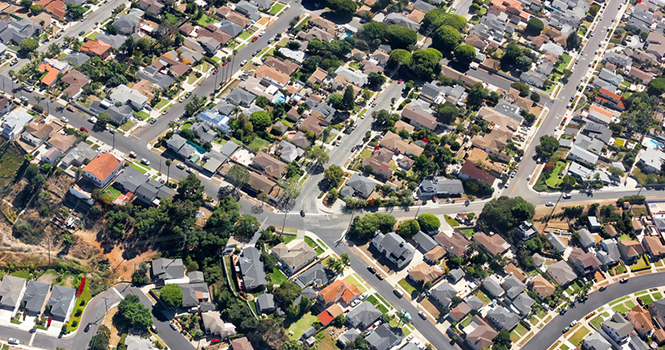As markets across the country stretch tight with low inventory and high selling prices, many homeowners fear, and even boycott, low-income housing. Specifically, homeowners are wary of the integration of HUD-supported Low Income Housing Tax Credit (LIHTC) housing projects. Why? Some believe that these government-supported homes may lower the values of properties nearby.
A recent study powered by Trulia wipes these fears clean by setting the table with surprising news: in the nation’s 20 least affordable housing markets, low-income housing built during a 10-year span shows no negative effect on nearby home values. We repeat: No. Negative. Effect. The only markets with any negative implication are in Boston and Cambridge, Mass., where low-income homes had a negative impact on price per square foot.
In the other 19 markets, which include Honolulu, Hawaii; Orange County, Calif.; and Miami, Fla., no downfalls of integrated low-income housing surfaced. In an interesting plot twist, homes located near low-income housing projects in Denver, Colo. actually registered a positive impact in terms of price per square foot.
Check out more of the study’s findings below, and read the full results here.
Zoe Eisenberg is RISMedia’s senior content editor. Email her your real estate news ideas at zoe@rismedia.com.
This was originally published on RISMedia’s blog, Housecall. Visit the blog daily for housing and real estate tips and trends, Like Housecall on Facebook and follow @HousecallBlog on Twitter.











